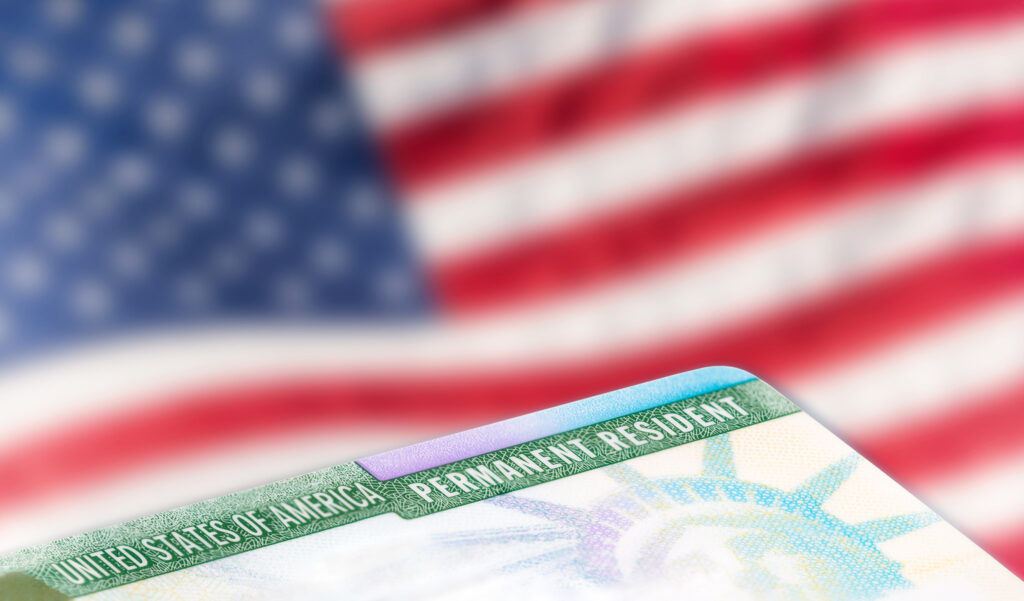Selective Service Registration:
What Immigrant Men Need to Know
If you’re a man living in the U.S. between the ages of 18 and 26—even if you’re undocumented—you must register for Selective Service. This is a legal requirement and an important step in protecting your future immigration options. Registering does not mean you’re joining the military, and it does not put you at risk of immigration enforcement.
Whether you’re applying for a green card, financial aid, or a government job someday, failing to register could hurt your chances. Here’s what every immigrant man (documented or not) should know.
What Is Selective Service?
Selective Service is the system the U.S. government uses to keep a list of men who could be drafted into the military if there’s a national emergency. It’s not a military enlistment. Registering just means your name is added to that list.
Who Must Register?
If you are a man between 18 and 26 years old, you are legally required to register for Selective Service—even if you are not a U.S. citizen.
You must register if you are:
- A naturalized citizen
- A legal permanent resident (green card holder)
- A DACA recipient
- An undocumented immigrant
- An asylum seeker or refugee
- A man whose visa has expired
- A parolee or someone in removal proceedings
You do not have to register if you are:
- In the U.S. on a valid nonimmigrant visa (such as a student visa or tourist visa)
- Transgender and assigned female at birth
- A man who has a disability that makes you bedridden or institutionalized
Selective Service Registration for Undocumented Immigrants
If you’re undocumented, this part is especially for you:
- Registering will not get you deported.
The Selective Service System doesn’t ask about or share immigration status with ICE or USCIS. They don’t even collect that information. - No Social Security Number? No problem.
You are still legally required to register. You can fill out a paper form—get it at your local post office or download it at sss.gov.
Mail it to:
Selective Service System
P.O. Box 94739
Palatine, IL 60094-4739
How to Register for Selective Service
You can register:
- Online at sss.gov (if you have a Social Security Number)
- With a paper form (available at post offices)
- Through certain high schools
It only takes a few minutes.
Why It Matters: The Consequences of Not Registering
If you don’t register before turning 26, you lose more than just compliance with the law. Failing to register:
- Is a felony under federal law
- Can result in up to five years in prison or a $250,000 fine
- Makes you ineligible for federal student financial aid
- Disqualifies you from most federal jobs
- Delays your path to U.S. citizenship by five years
In short: it can seriously hurt your future.
What If You Missed the Deadline?
If you’re over 26 and didn’t register, don’t panic—but act quickly. You may still qualify for benefits or immigration relief if you can show that your failure to register was not knowing or willful (i.e., you didn’t understand the requirement, or no one told you).
This explanation may be enough for immigration authorities or government agencies, but it must be detailed and credible.
See 50 U.S.C. 3811(g) for more legal details.
Why It Matters for Naturalization
One requirement for U.S. citizenship is showing you have “good moral character.”
Not registering for Selective Service when required is seen as a failure to comply with federal law—which raises red flags about your moral character.
USCIS officers are trained to check:
- Whether you were required to register, and
- Whether you did.
How Age Plays a Role
- Age 18–26: You are legally required to register. If you haven’t yet, do it now—before your naturalization interview.
- Age 26–31: If you didn’t register and are now too old to fix it, you must explain in writing why you failed to register and show it wasn’t “knowing or willful.” USCIS will review your statement and decide whether to forgive it.
- Age 31 or older: This issue usually won’t affect your case anymore. The “good moral character” window for naturalization looks at the five years before you apply (or three years if you’re applying based on marriage to a U.S. citizen). So if your failure to register happened before that, you may be in the clear.
What You Can Do If You Didn’t Register
If you’re 26 or older and never registered:
- Request a Status Information Letter from the Selective Service System:
https://www.sss.gov/verify/sil/
This letter explains whether you were required to register and if not, why. - Write a sworn affidavit explaining your failure to register. It should include:
- That you didn’t know about the requirement
- That it wasn’t intentional
- Any proof of your good character (tax filings, community work, etc.)
- Submit both documents with your N-400.
FAQs About Selective Service
Q: What is Selective Service?
A: It’s the system the U.S. uses to identify men who could be drafted in an emergency. You’re not enlisting in the military by registering.
Q: Does Selective Service affect immigration status?
A: No. The system doesn’t collect or report immigration status. But failing to register can delay or prevent your path to citizenship.
Q: How can undocumented immigrants register?
A: Fill out a paper form (no Social Security Number needed) and mail it to the address above. You can also call the Selective Service office for help.
Q: Can I be deported for registering?
A: No. Selective Service does not trigger immigration enforcement.
Q: What if I forgot to register and now I’m over 26?
A: You may still qualify for benefits or immigration relief, but you’ll need to provide a sworn explanation showing that your failure to register wasn’t intentional.





